On-line Community and Collaboration
von Andrea Holtry


1. Learning Delivery Systems
1.1. Blended
1.2. Video-conferencing
1.3. On-line
1.4. Learner choice and self-determination
1.5. Teacher as guide and coach
1.6. e-learning 2.0
1.6.1. Simplification of tools
1.6.2. Connect people to content AND other people
1.6.3. Learning, as needed
1.6.4. Network of knowledgeable people
2. Constructivism
2.1. Wikis
2.2. Blogs
2.3. Social networks
2.4. Tagging systems
2.5. Discuss, reflect, argue, explain, present, share, and give feedback to others
2.6. Learning participant, not recipient
2.7. Learners create, edit and share content
2.7.1. classify, evaluate, and add
2.7.2. build shared collections of resources: links, photos, videos, documents, other media
2.7.3. emergence of collective wisdom
2.7.4. describe and comment on items in other people’s lists
2.8. kaltura
3. Collaborative Environments
3.1. Wikipedia
3.1.1. up-to-date
3.1.2. open data
3.1.3. reviewed
3.2. Thinkquest
3.3. Ning
3.4. Voicethread
3.5. Moodle
3.6. Google Docs
3.7. Twitter
3.8. Delicious
3.9. RSS feeds
3.10. On-line calendars
3.11. Flickr
3.12. Collaboration webs
3.12.1. Google Docs
3.12.2. Webcams
3.12.3. Media, presentations, ex: Slideshare
3.12.4. pageflakes
3.12.5. Flat classroom project
4. Critical components
4.1. Tagging
4.2. Searching
4.3. "Friends"
5. Web 2.0
5.1. Read-write web
5.2. Learners generate ideas and comments
5.3. Active vs. passive learning
5.4. Participatory
5.5. Interaction, collaboration
5.6. Motivation
5.7. Learning opportunities for all
5.8. Synchronous and asynchronous communication
6. Impact
6.1. Users
6.1.1. Deeper level of knowledge
6.1.2. Critical thinking
6.1.3. Common goals
6.1.4. Different learning styles and multiple skills
6.1.5. Cross-cultural
